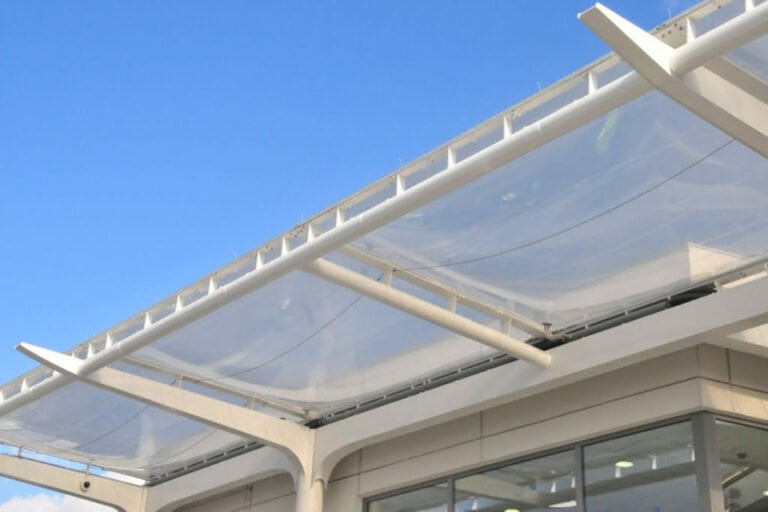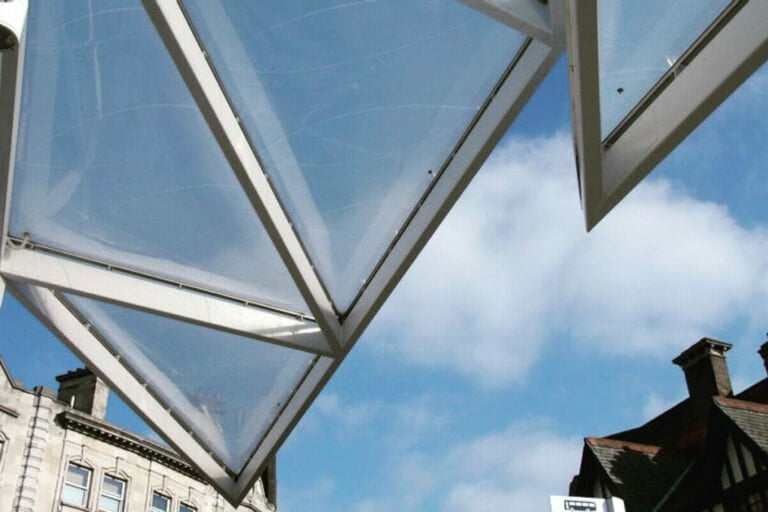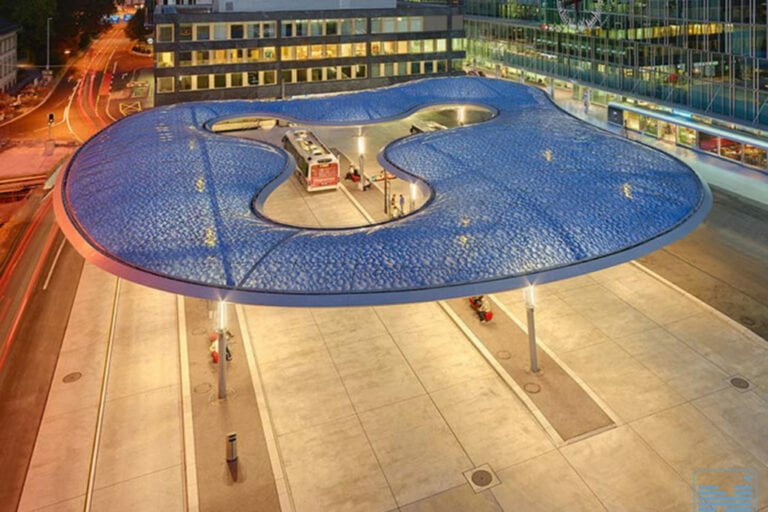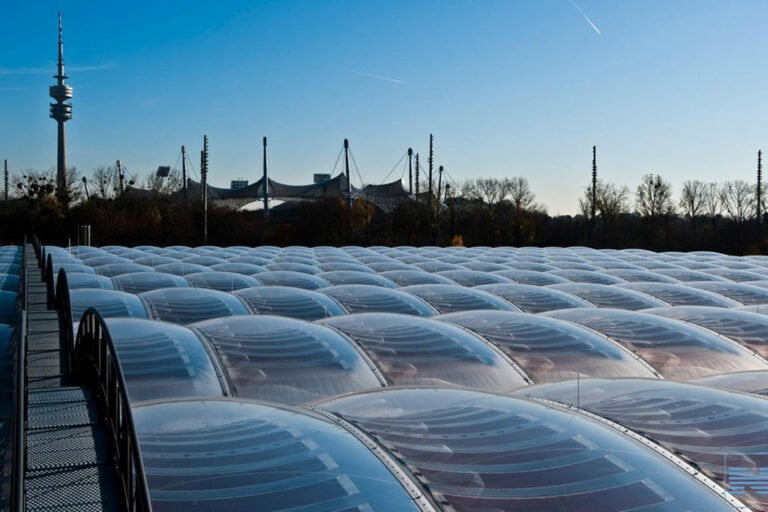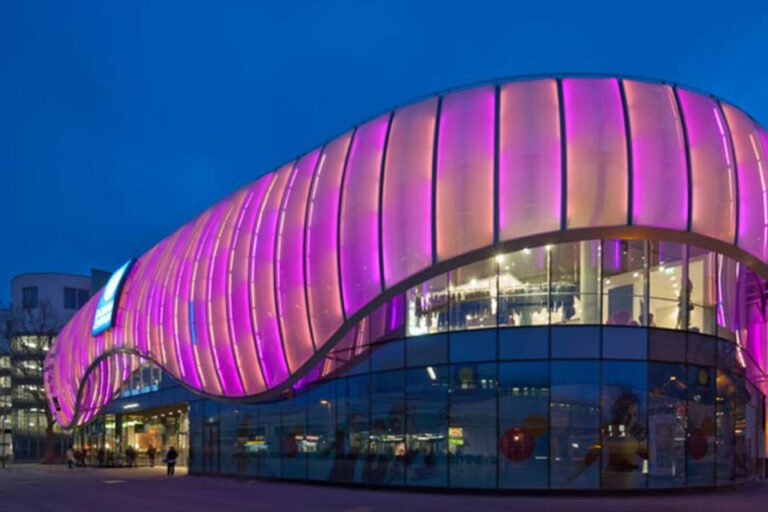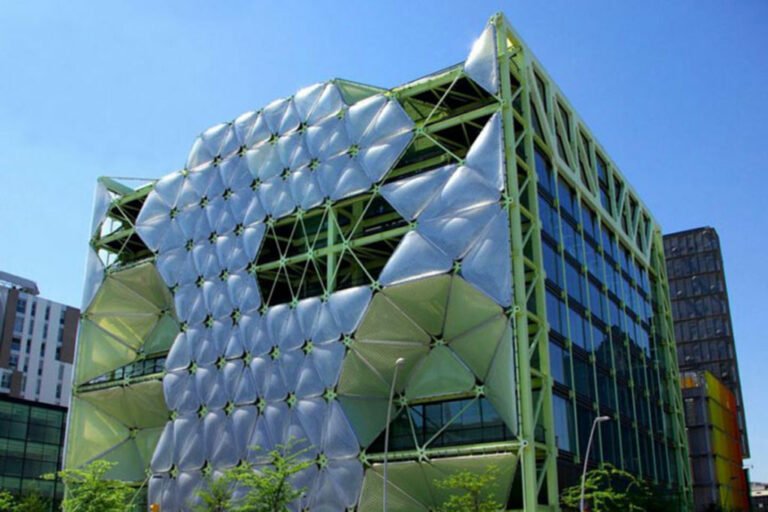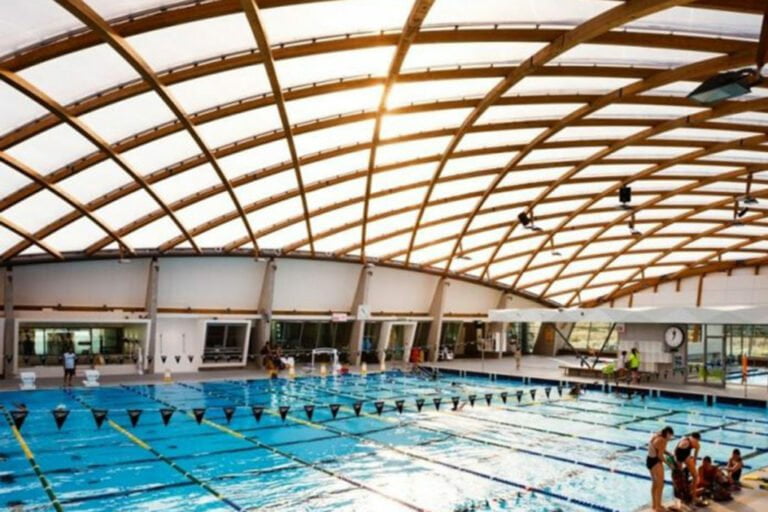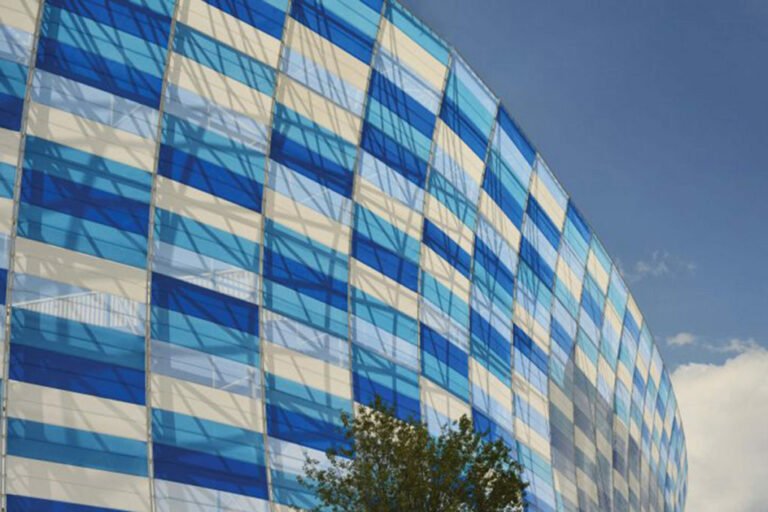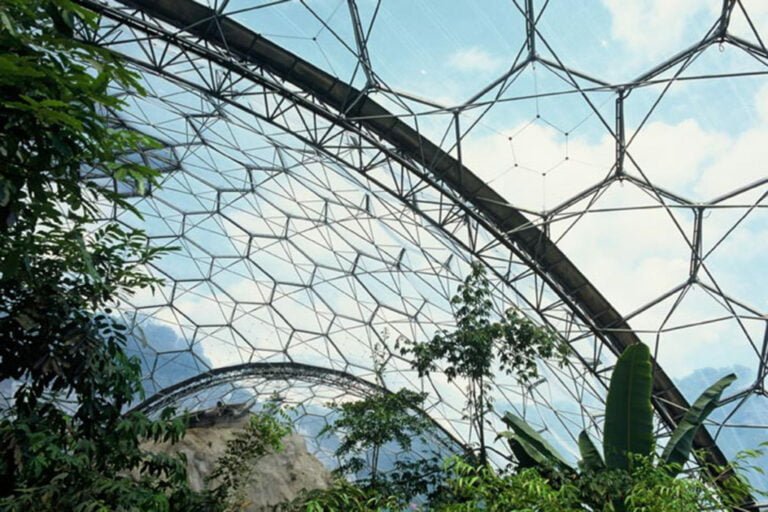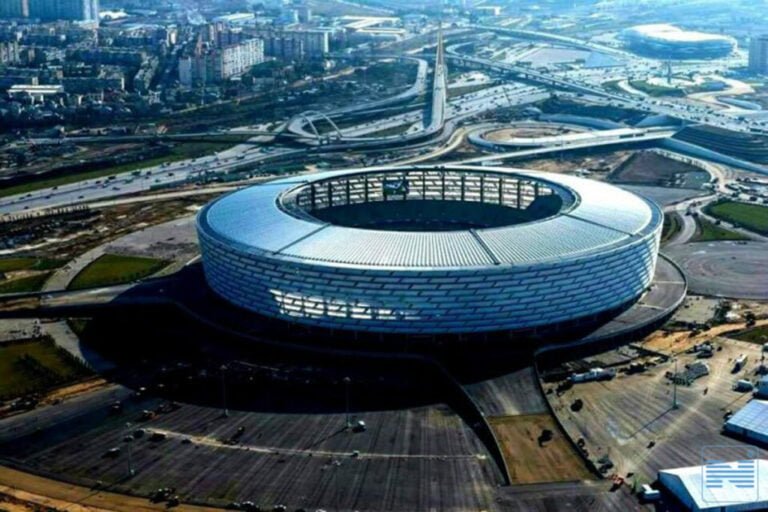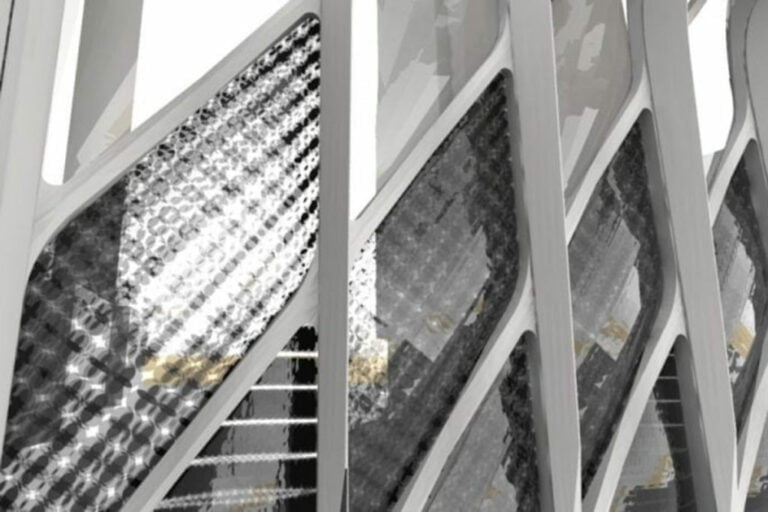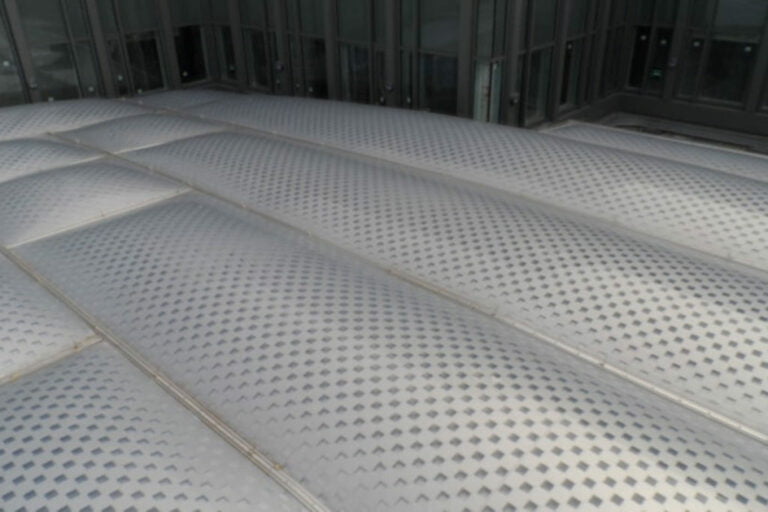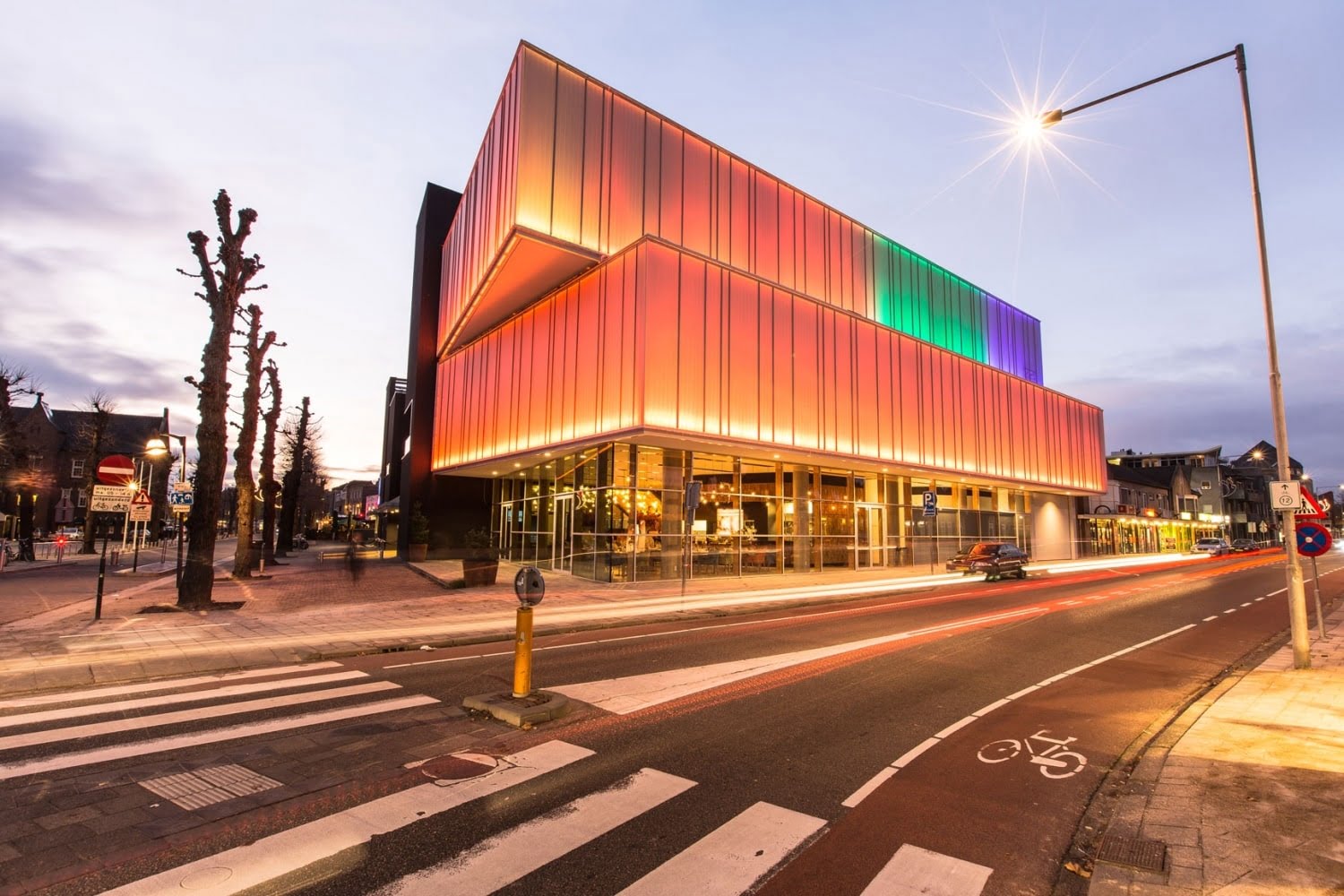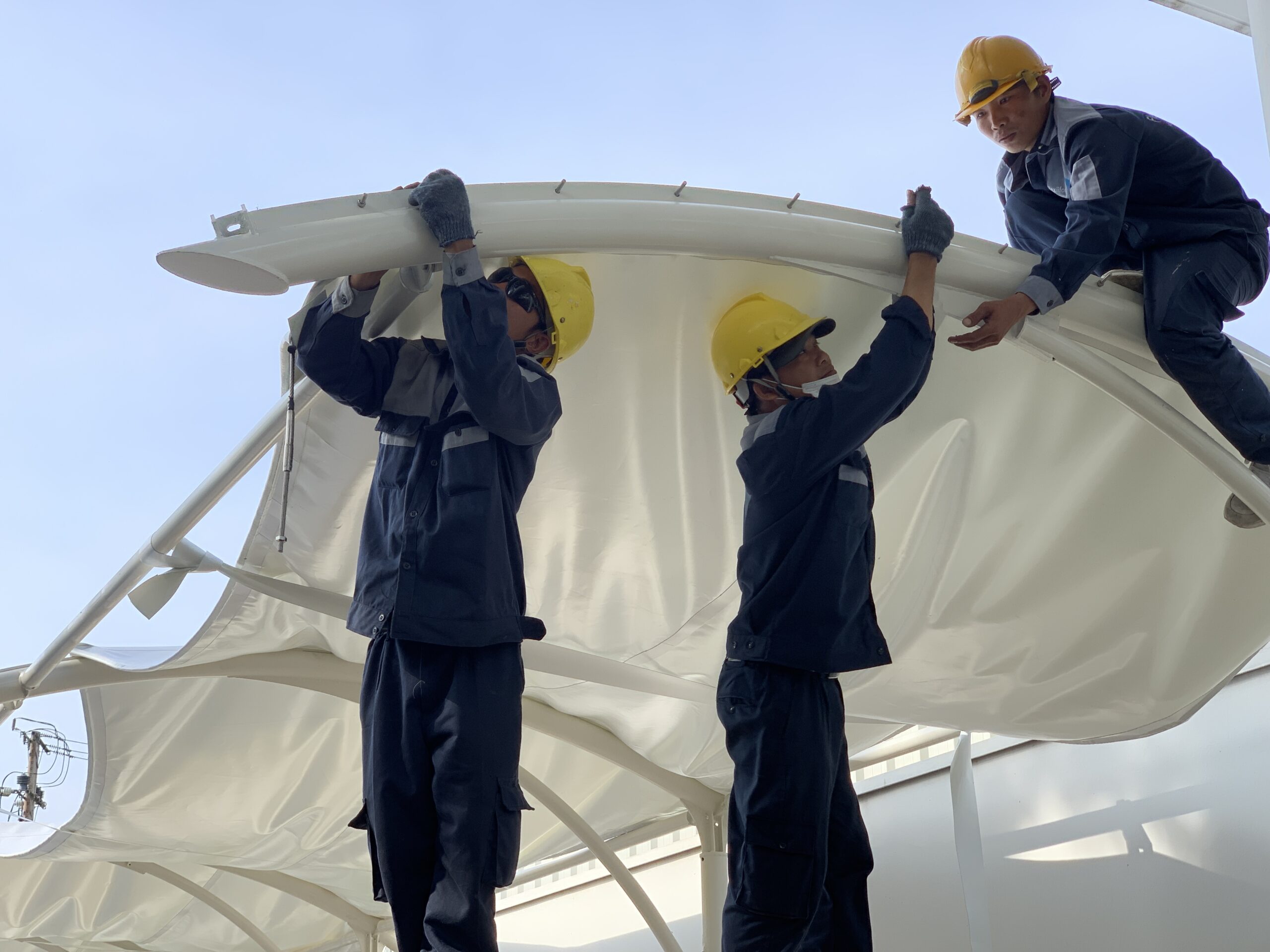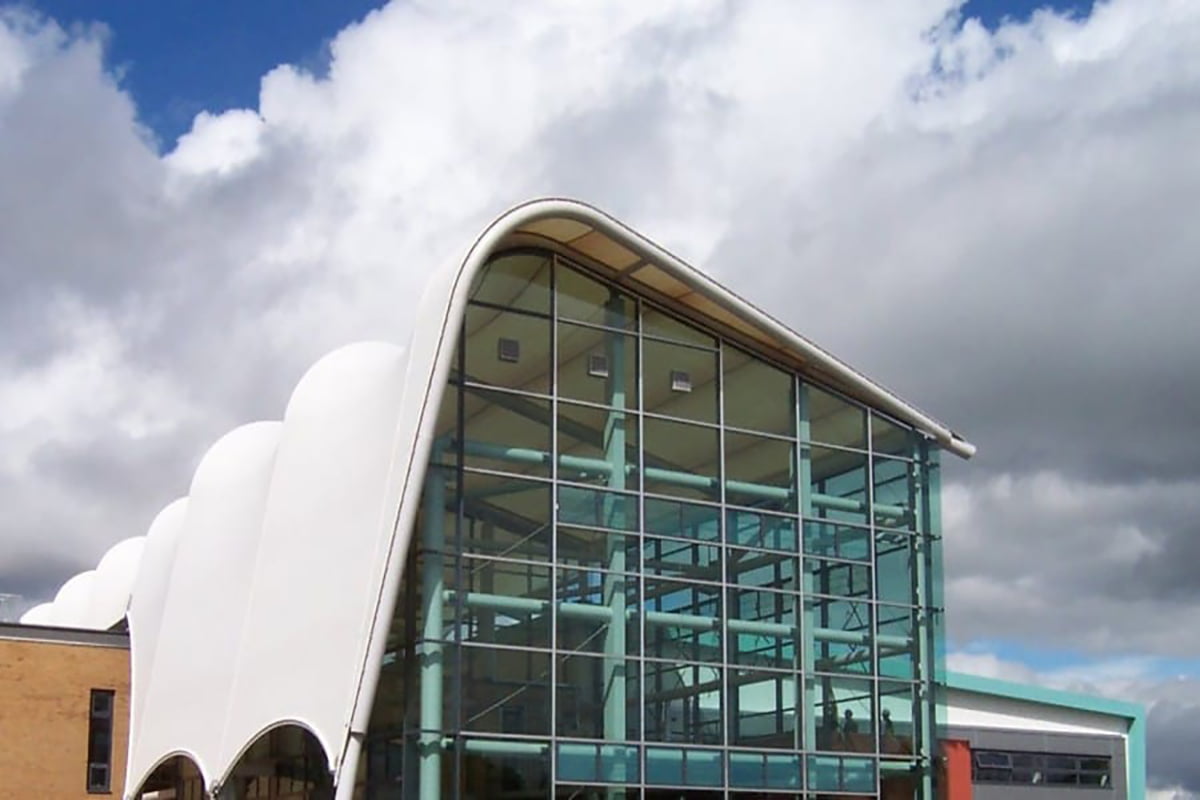Current Situation and Solution: Application of ETFE Roofing Materials in Modern Architecture
In the modern construction industry, the search for a material to replace traditional glass with superior advantages in terms of weight, light transmission and sustainability is an urgent requirement. ETFE (ethylene-tetrafluoroethylene copolymer) canopy is a high-grade plastic derivative in the form of a thin film, characterized by very low weight, high light and UV transmission, and wide temperature resistance. With these superior properties, ETFE has become the ideal solution for the construction of translucent roofs and many other architectural applications, providing superior technical and environmental performance.
—
Technical Requirements Analysis & Solution Context
Large-scale architectural projects, especially those requiring maximum natural light and reduced weight, are often constrained by the use of glass due to its heavy weight, high cost and suboptimal thermal insulation. Urban environments require materials that are weather-resistant, fire-resistant, easy to maintain and environmentally friendly. Therefore, a lightweight, sustainable material solution with high light transmittance and self-cleaning properties is needed to optimize operational performance and minimize long-term maintenance costs.
—
Technical Solutions
ETFE roofing solutions exploit the physical and chemical properties of ethylene-tetrafluoroethylene copolymer to the fullest, providing superior performance for architectural projects:
Physical and chemical properties of ETFE
ETFE film is hundreds of times lighter than glass, has high light and UV transmittance (over 90%). The material is highly fire resistant with a melting point of approximately $270^\circ C$ and self-extinguishing in the event of a fire, shrinking away from the fire source to create natural ventilation without melting or emitting toxic fumes. ETFE maintains its strength over a wide operating temperature range from $-185^\circ C$ to $150^\circ C$ (equivalent to $-300^\circ F$ to $300^\circ F$), ensuring durability in harsh climatic conditions. Furthermore, ETFE is resistant to chemical, electrical and radiation corrosion, providing a minimum service life of over 30 years.
Self-cleaning and maintenance mechanism
The self-cleaning function of ETFE awnings is provided by the lotus effect: the special surface structure ensures that wind and rain are sufficient to remove dirt from the surface of the ETFE membrane. This non-stick property significantly reduces the need for regular maintenance. In the event of minor damage, the material can be easily repaired in place with patches, and in the event of more extensive damage, the ETFE air cushion can be removed and replaced individually, eliminating the need to replace the entire membrane.
Applications and energy efficiency
ETFE films are widely used for roofing and cladding, interior and exterior spaces, walkway coverings, windows, skylights, facades, greenhouses and agricultural centers. The high transparency of the infrared band of ETFE creates the best conditions for photosynthesis, making it ideal for green spaces. The ability to print highly reflective patterns on ETFE canopies allows the light transmission level to be adjusted from 85% to 20%, reducing heat and glare, thereby saving on utility costs related to lighting and cooling.
—
Results and Performance Evaluation
The implementation of ETFE canopies brings many obvious benefits in architectural projects. In terms of economic efficiency, the light weight of ETFE (only 1% of the weight of glass) significantly reduces the cost of substructures and allows for large spans, reducing the total construction cost from 40% to 50% compared to traditional glass structures. In terms of the environment, ETFE is 100% recyclable and the production process requires significantly less raw materials and energy than glass, contributing to sustainable initiatives. The ability to transmit natural light and the ability to control solar heat through printed patterns optimize the indoor environment, improving living and working conditions.
In particular, ETFE canopy air cushions provide greater insulation and stability, and can be constructed from single, double or triple layers of ETFE, which are pneumatically inflated to form effective insulating air cushions. These air cushions reduce the amount of heat radiation from the outside and can be integrated with a rain barrier to reduce noise, while still allowing light transmission and maintaining aesthetics.

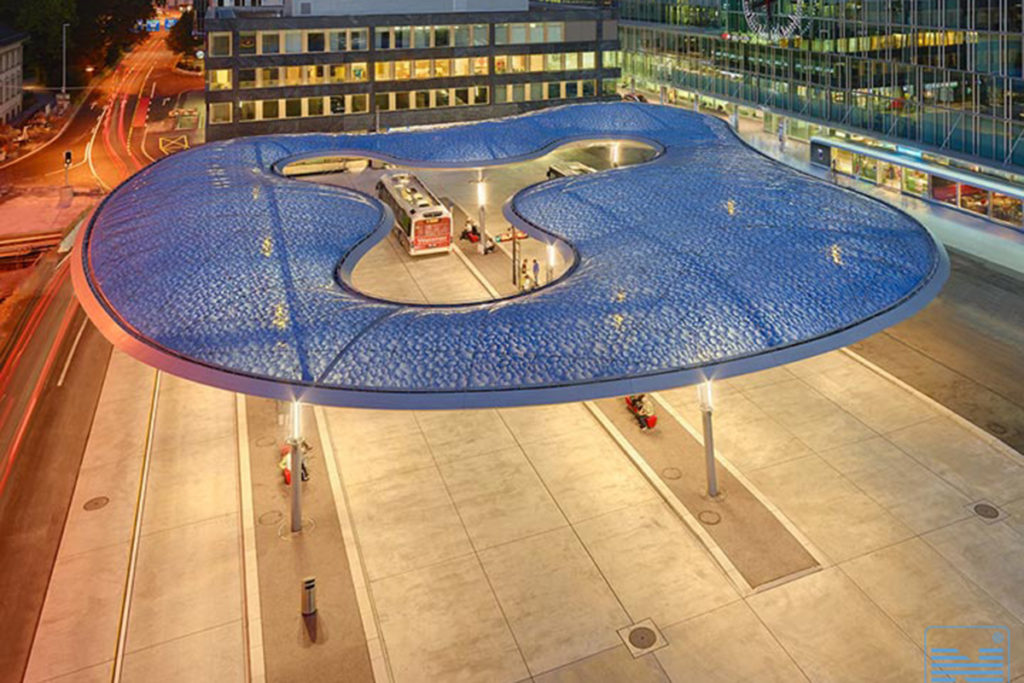
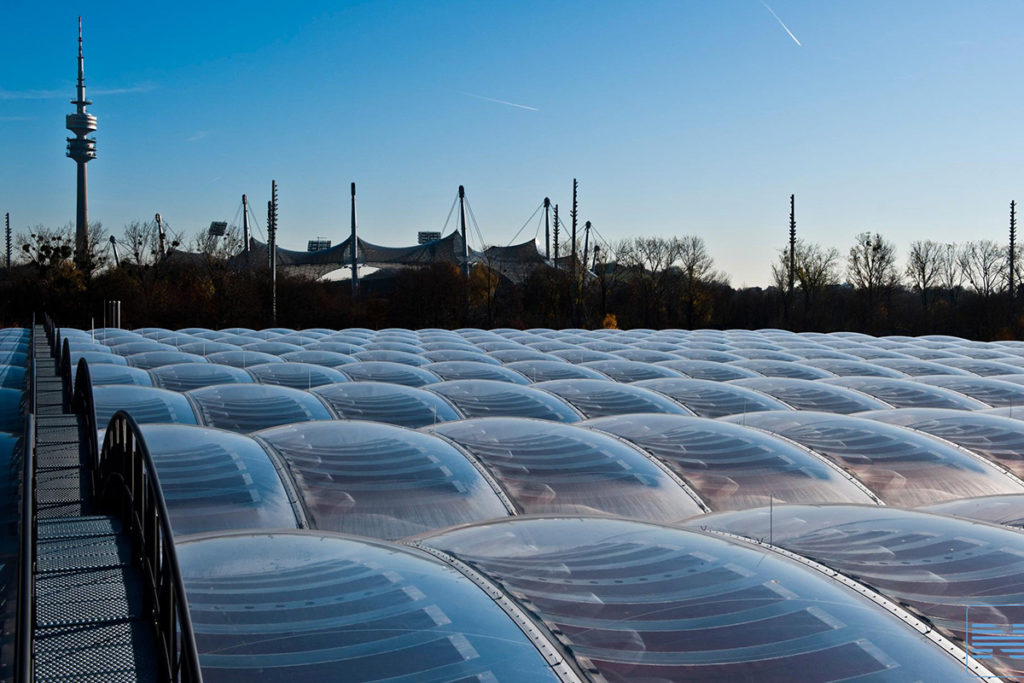
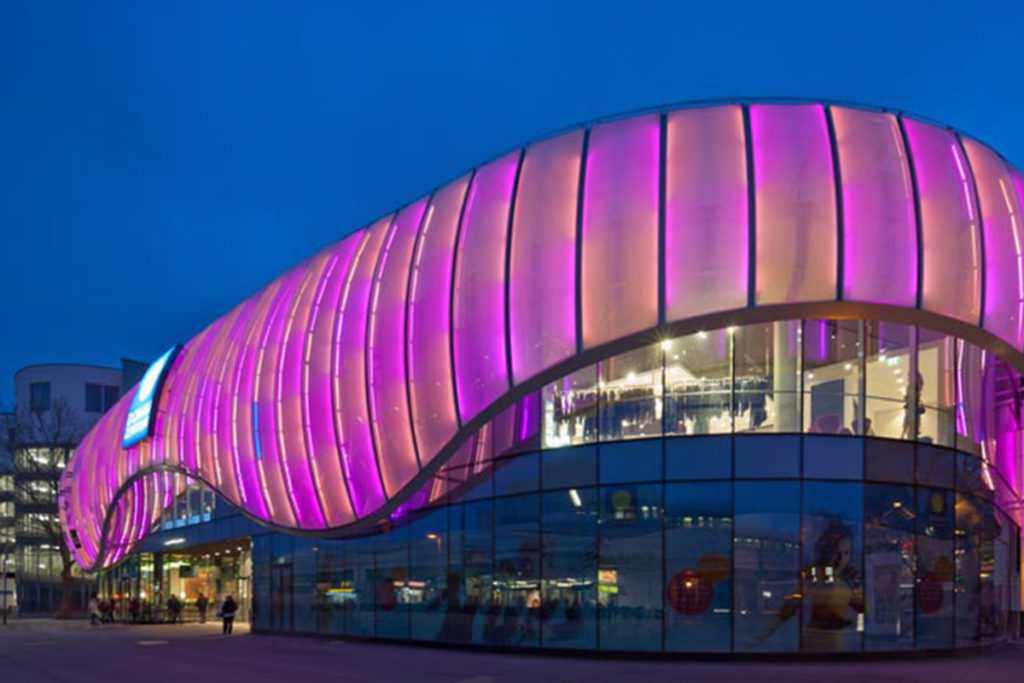
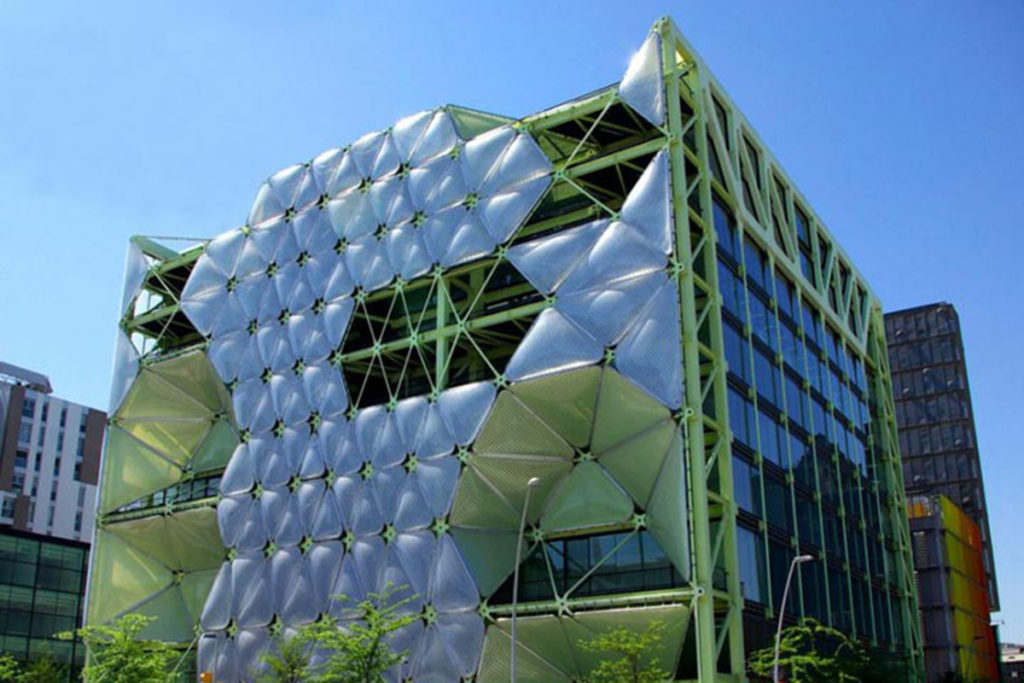
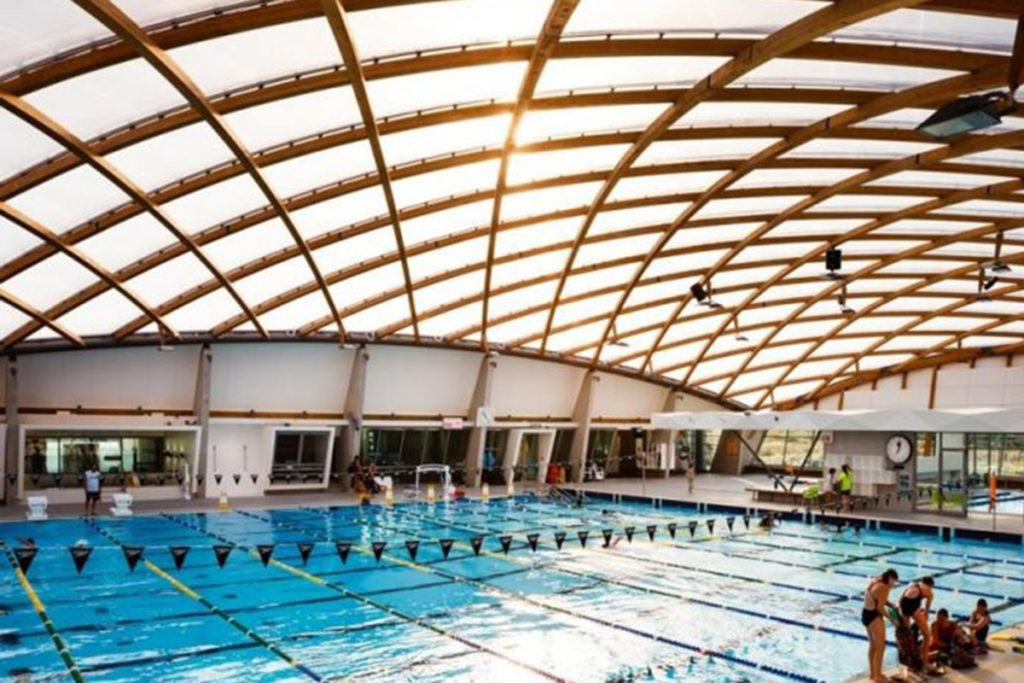
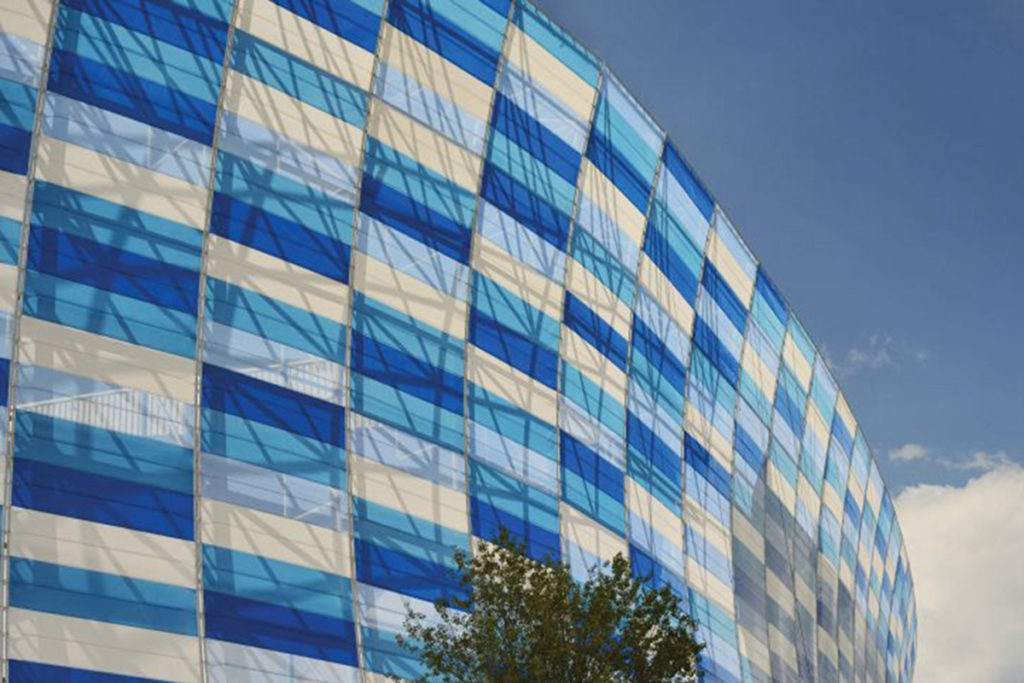
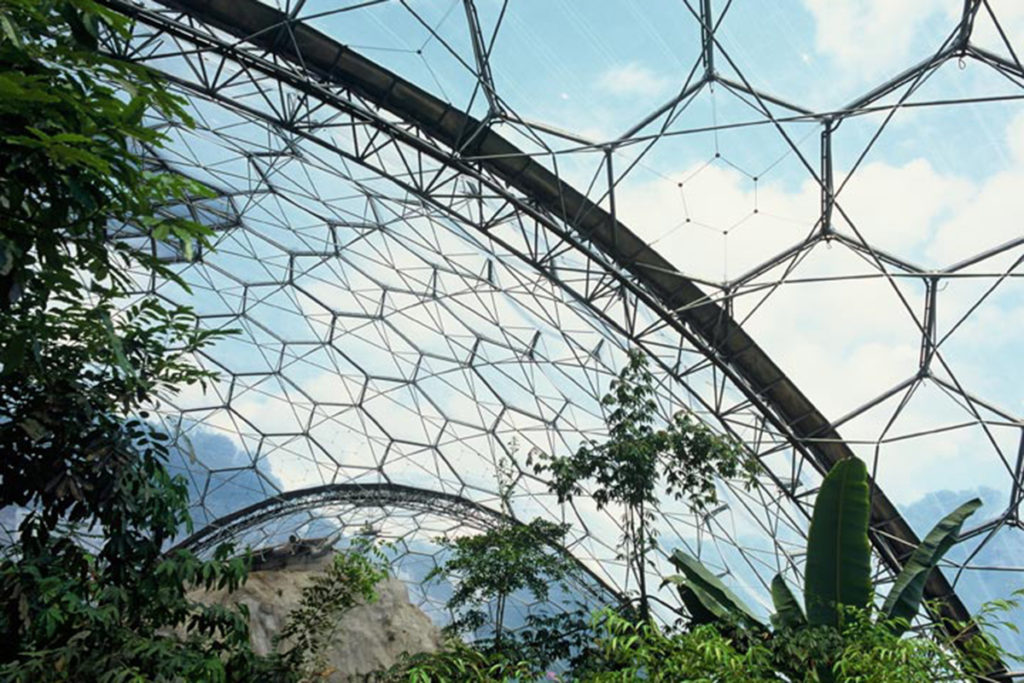
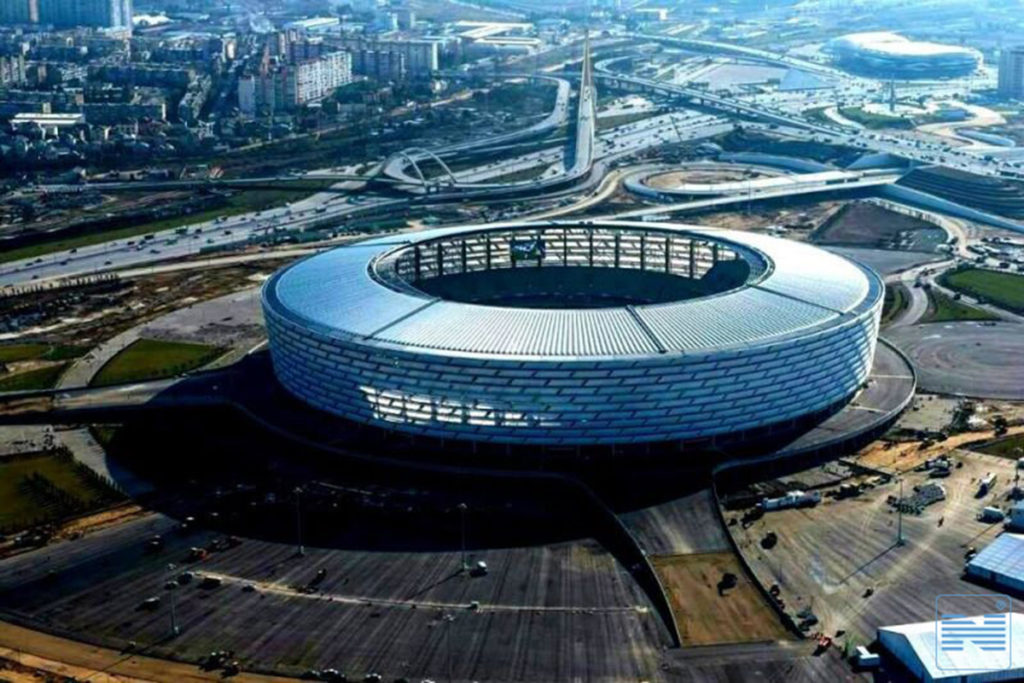
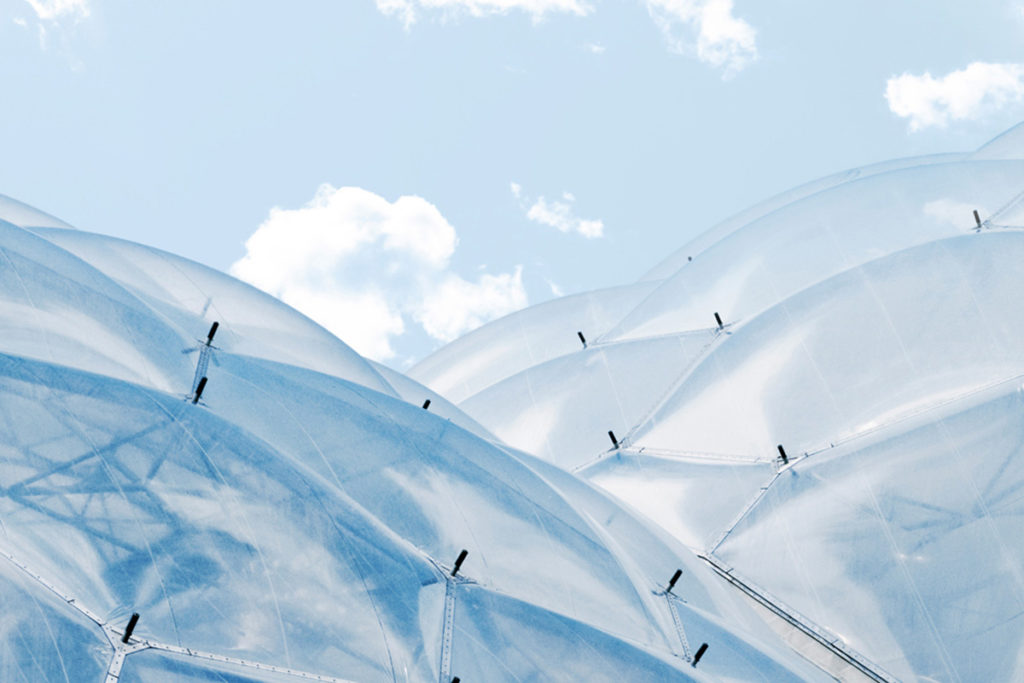

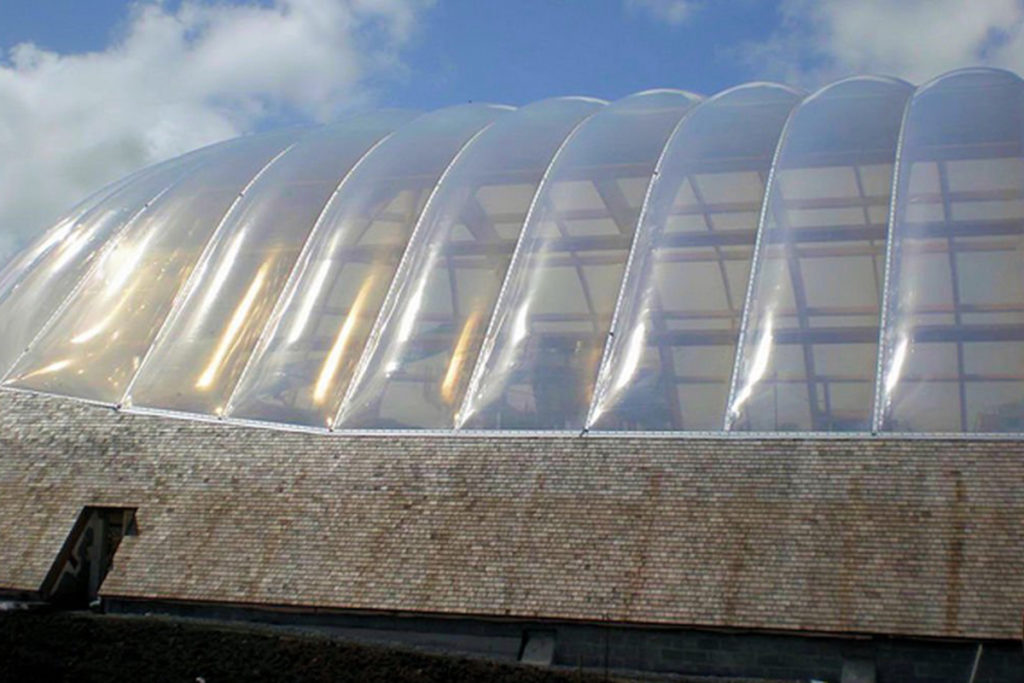


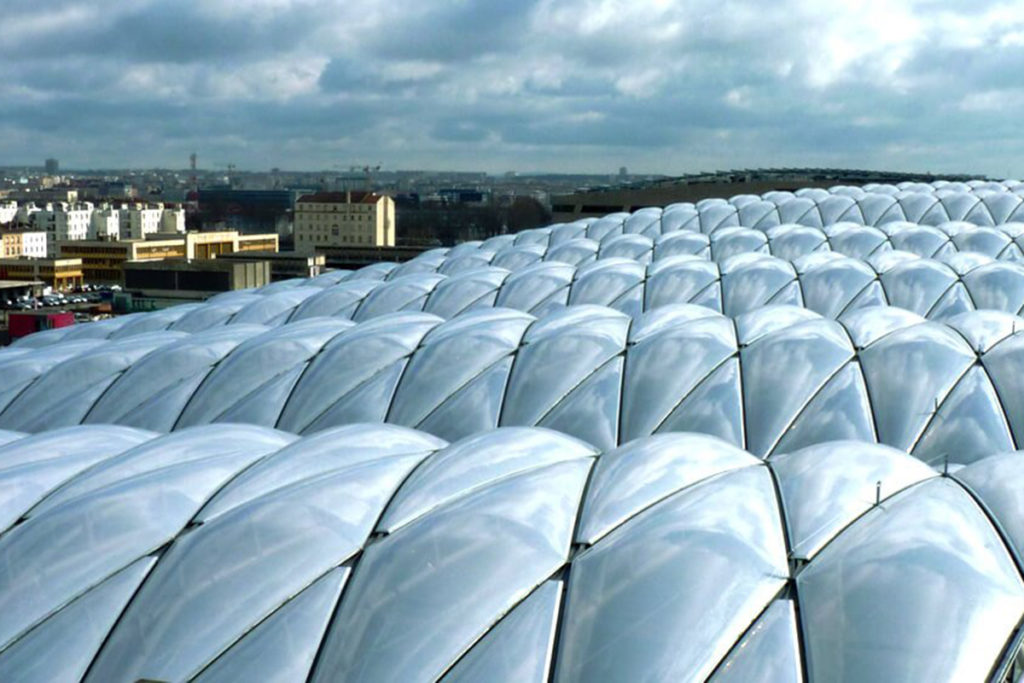
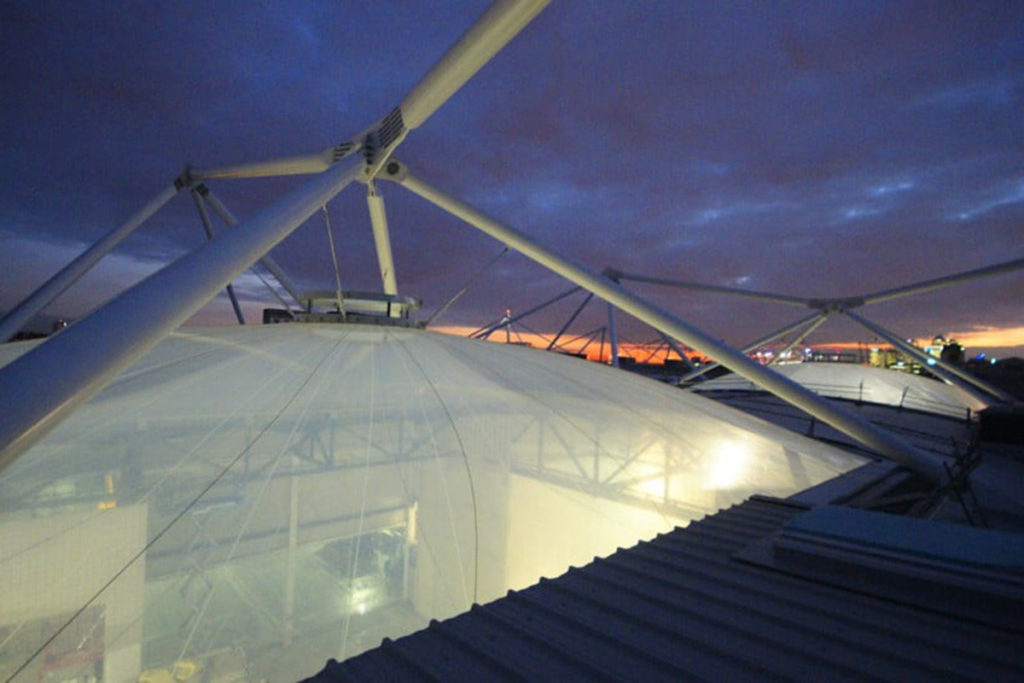

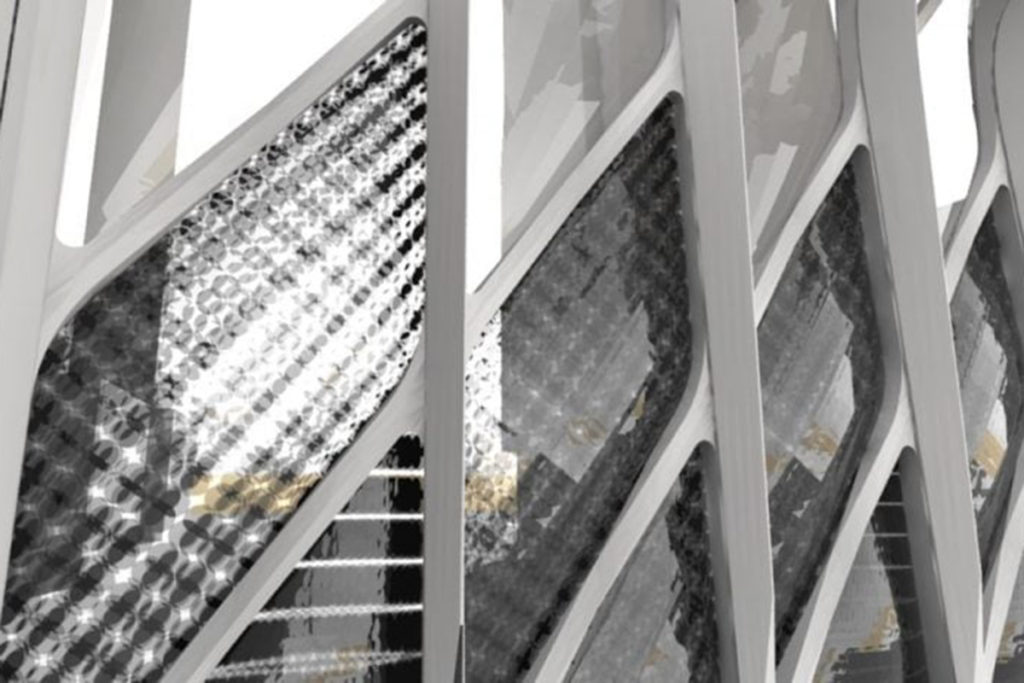
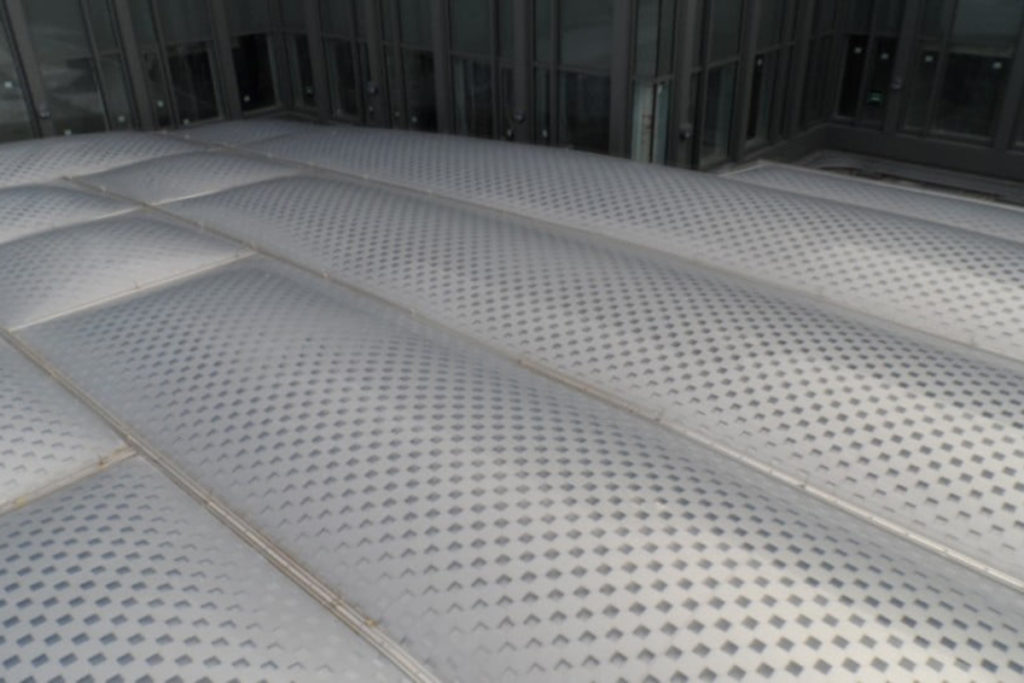
—
Contact Technical Consulting
Flexiiform is a company specializing in the design and construction of Tensile Fabric roofing services in Vietnam. With a team of well-trained architects and engineers, and extensive experience from professional advice from Fastech Company – a leading unit in Thailand, we are committed to providing optimal ETFE roofing solutions, suitable for all projects and usage needs. To learn more about the notes in ETFE design and construction, you can visit hereWe are ready to advise on technical solutions and provide detailed information for your project.
Contact information:
Company: Flexiiform
Phone: +84 8678 68830
Website: https://flexiiform.vn/
Fanpage: https://www.facebook.com/flexiiform/



